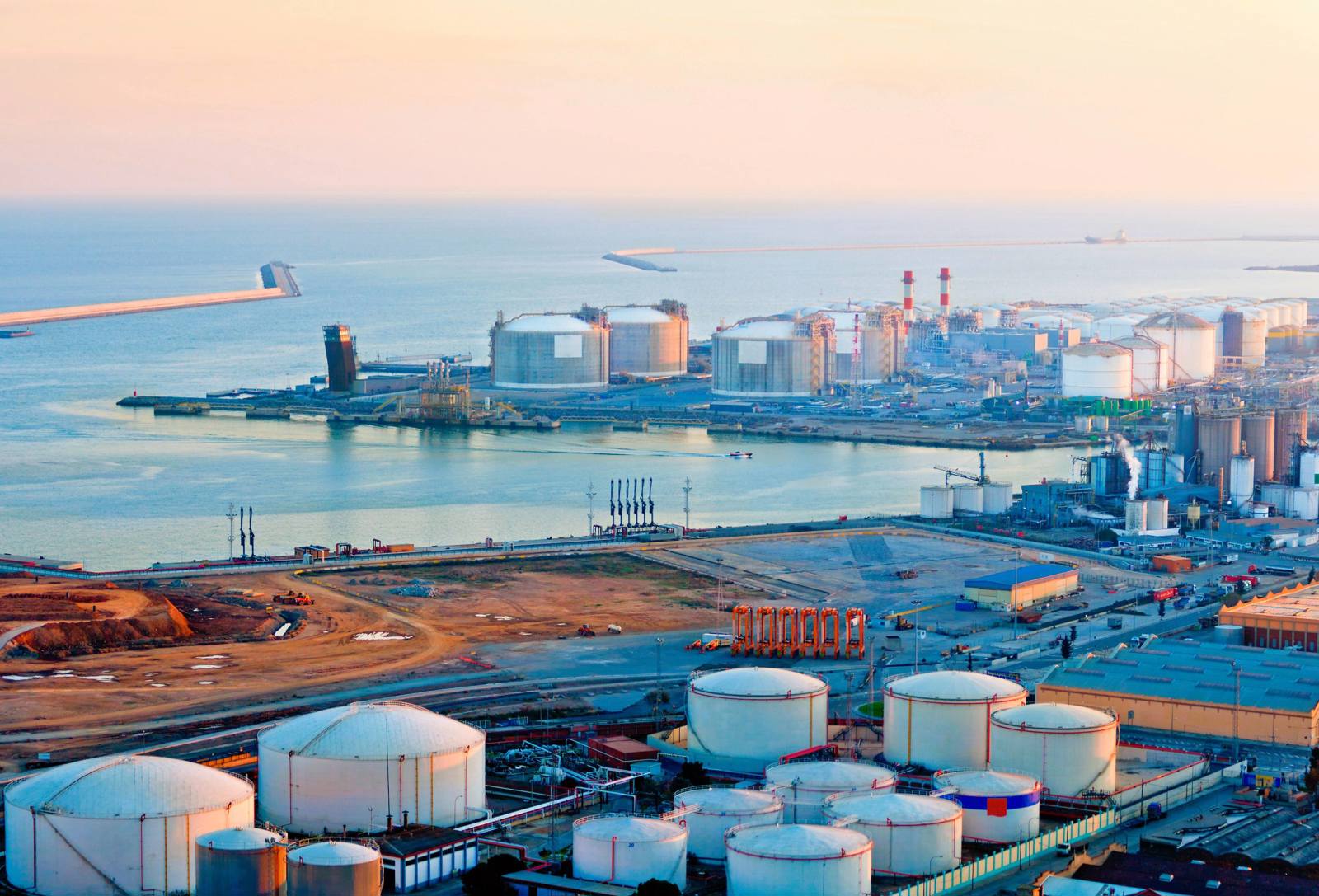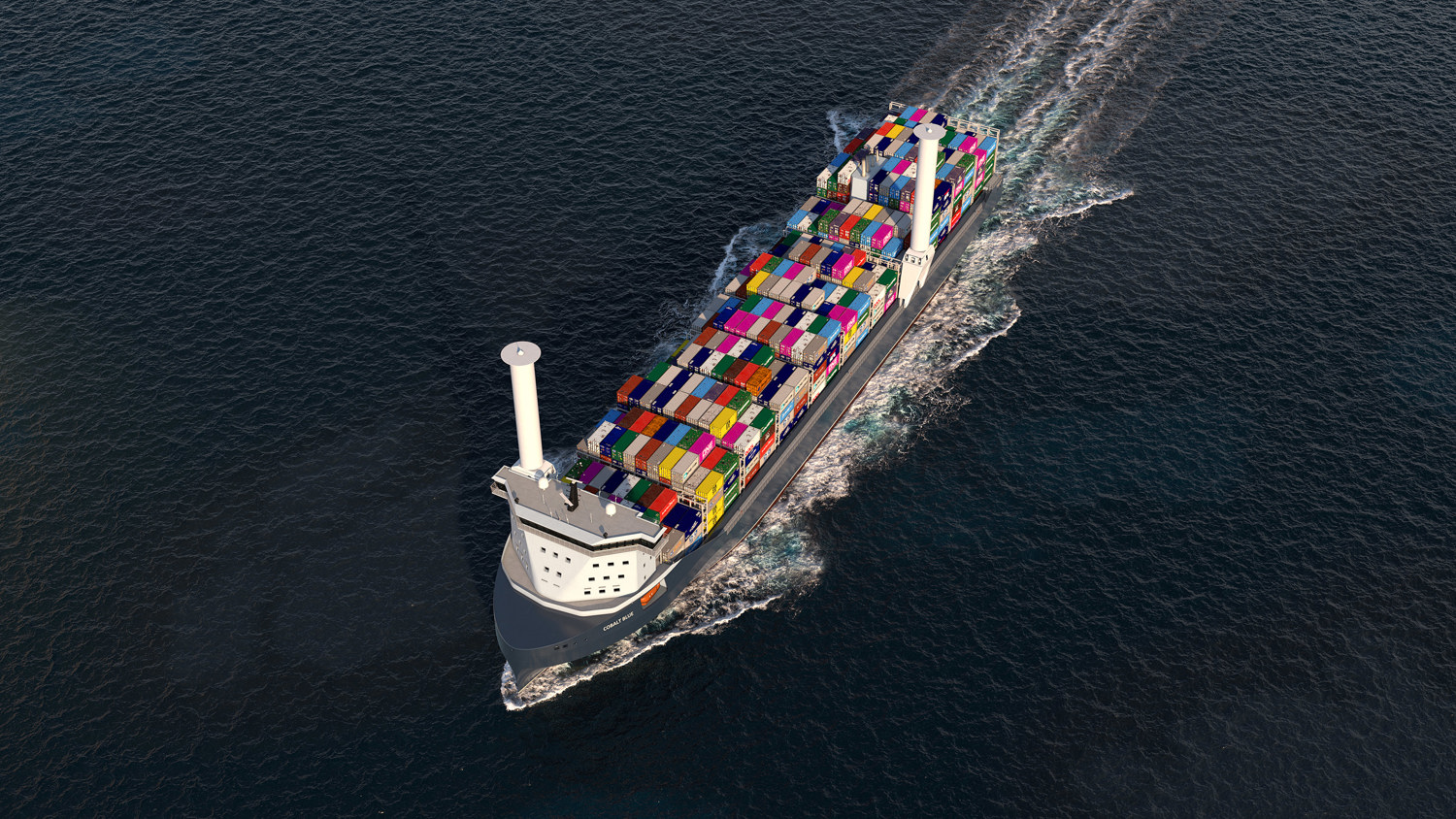Global shipping is undergoing a “massive transformation” of the kind not witnessed since sails were replaced by engines as a new era of future fuels arrives.
And these low carbon alternatives will not only revolutionise the way the industry functions but help businesses invest in the best solutions for them with confidence thanks to the sustainable technology we are pioneering.
The aim is to reduce greenhouse gases and so make the environment cleaner. “It is going to mean a massive transformation. And it is starting now,” says Oskar Levander, Kongsberg Maritime’s Senior Vice President Business Concepts.
The container market is currently at an all-time high and record amounts of freight are being moved around the planet. However, sustainability is becoming ever more important and regulations on carbon emissions are becoming tighter.
“This creates a challenge about what kind of vessels the sector should invest in,” Oskar adds. “The question is what kind of vessel do you buy that is competitive in today’s market but still remains relevant and able to meet future demands.
What type of low carbon fuels, though, will we see in the future? There isn’t a simple answer to this: it depends on the vessel and the usage.
“For mainstream shipping such as container ships I think the main options will be green ammonia, synthetic methane or bio or green methanol. Using battery power for these vessels will not be practical, though that solution could work for ferries.”
Other possibilities in some cases include using hydrogen or hydrotreated vegetable oil (HVO). The latter has the advantage that it can be used in any diesel engine and may be particularly useful for smaller vessels.
“However, there is a limited supply of HVO and it may also be needed for cars, trucks and planes,” Oskar says. “That said, it may be appropriate for existing ships where you don’t want to retrofit new technology.”
Ammonia may not be suitable as a fuel on passenger vessels because of its toxicity, he says. “Cargo vessels can separate the people onboard from the fuel by distance, but passengers are all over the vessel. If there was a leak, it could be a problem.”
Despite these potential challenges, there is approval in principle for ammonia fuel vessels, Oskar adds, though the systems needed still remain to be fully developed and the fuel has yet to be made commercially available in the marketplace.
Work on real world use of ammonia fuels is active and ongoing. Kongsberg Maritime is a key partner backed by the Norwegian government, known as the Pilot-E scheme, to turn a fully functional and flexible zero emission bulk carrier concept into reality.
A new fleet of five vessels, operated by Viridis Bulk Carriers, will have their propulsive power provided by ammonia in a project known as FlexBulk - NH3 Power. Exhaust gases will be treated to eliminate any pollutants and by-products.


